Spice Up Your Life with the Flavors of the Mediterranean Island of Crete
Table of Contents
Introduction to Cretan Spices
The Mediterranean island of Crete is a treasure trove of natural flavors, where ancient traditions and fresh, local ingredients come together to create some of the most unique and aromatic spices in the world. From the sun-drenched olive groves to the rugged hillsides, Cretans have long relied on their land to provide both sustenance and flavor. This article will explore the rich spice heritage of Crete and how you can bring its essence into your kitchen.


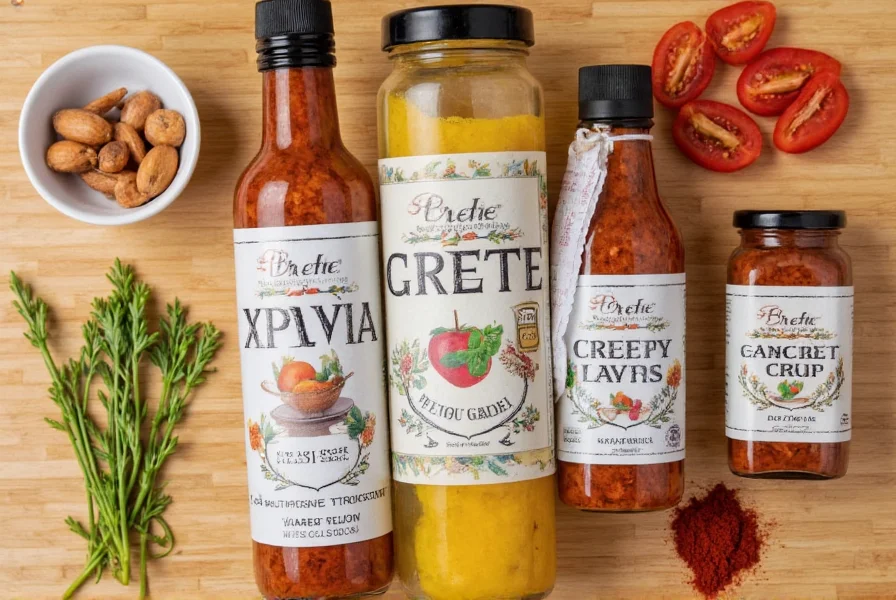
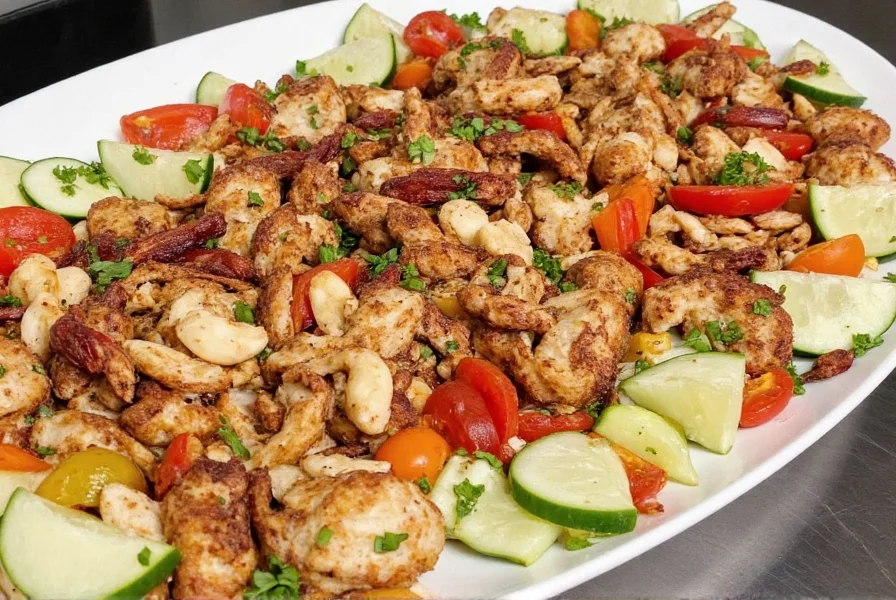
Cretan cuisine is known for its simplicity and reliance on high-quality, minimally processed ingredients. But it’s the use of native herbs and spices that truly sets it apart. Whether you're a seasoned chef or just starting out, learning about these spices can open up a whole new world of taste and tradition.
Top 10 Spices from the Mediterranean Island of Crete
Crete is home to a wide variety of indigenous herbs and spices that have been used for centuries. Here are the top 10 must-have spices from the Mediterranean island of Crete:
- Oregano (Oregano vulgare): The backbone of Cretan cooking, this wild oregano has a more intense and earthy flavor than its Italian counterpart.
- Rosemary (Rosmarinus officinalis): Used in everything from roasted meats to bread, rosemary adds a fragrant, pine-like aroma.
- Thyme (Thymus vulgaris): A staple in Cretan kitchens, thyme is often used in stews, soups, and marinades.
- Fennel (Foeniculum vulgare): Known for its licorice-like flavor, fennel is commonly used in fish dishes and as a seasoning for breads.
- Sage (Salvia officinalis): Sage is often used in meat dishes and gives a slightly bitter, earthy note.
- Chamomile (Matricaria chamomilla): Not just for tea, chamomile is also used in traditional Cretan remedies and desserts.
- Parsley (Petroselinum crispum): Fresh parsley is a common garnish and used in salads, sauces, and dips.
- Cumin (Cuminum cyminum): While not native to Crete, cumin has become an essential part of Cretan spice blends, especially in grilled meats and stews.
- Dill (Anethum graveolens): Often used in seafood dishes, dill brings a bright, fresh flavor to any dish.
- Garlic (Allium sativum): No Cretan meal is complete without a generous amount of garlic, which is used in everything from soups to roasted vegetables.
| Spice | Flavor Profile | Common Uses |
|---|---|---|
| Oregano | Earthy, pungent | Roasted meats, olive oil, bread |
| Rosemary | Fragrant, piney | Meats, bread, herbal infusions |
| Thyme | Elegant, slightly sweet | Stews, soups, marinades |
| Fennel | Licorice, anise-like | Fish, bread, sausages |
| Sage | Bitter, earthy | Meat dishes, stuffing, teas |
Essential Cooking Tips for Cretan Cuisine
If you're looking to recreate the flavors of the Mediterranean island of Crete at home, here are some practical tips to help you get started:
- Use Fresh Herbs: Fresh herbs like oregano, thyme, and parsley add more depth of flavor than dried versions. Try growing your own if possible.
- Pair with Olive Oil: Cretan cuisine relies heavily on extra virgin olive oil. Use it as a base for dressings, roasting, and sautéing.
- Grill Like a Local: Grilling is a central part of Cretan cooking. Try grilling lamb, octopus, or fish with a mix of oregano, garlic, and lemon.
- Keep It Simple: Cretan food is all about letting the ingredients shine. Avoid over-seasoning and let the natural flavors speak for themselves.
- Experiment with Blends: Create your own Cretan spice blend by mixing oregano, thyme, rosemary, and garlic for a versatile seasoning.
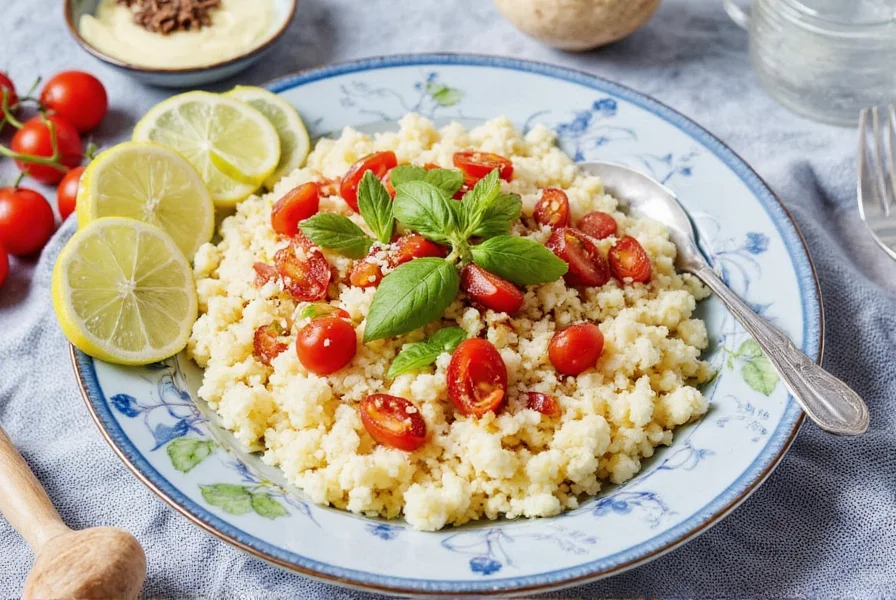
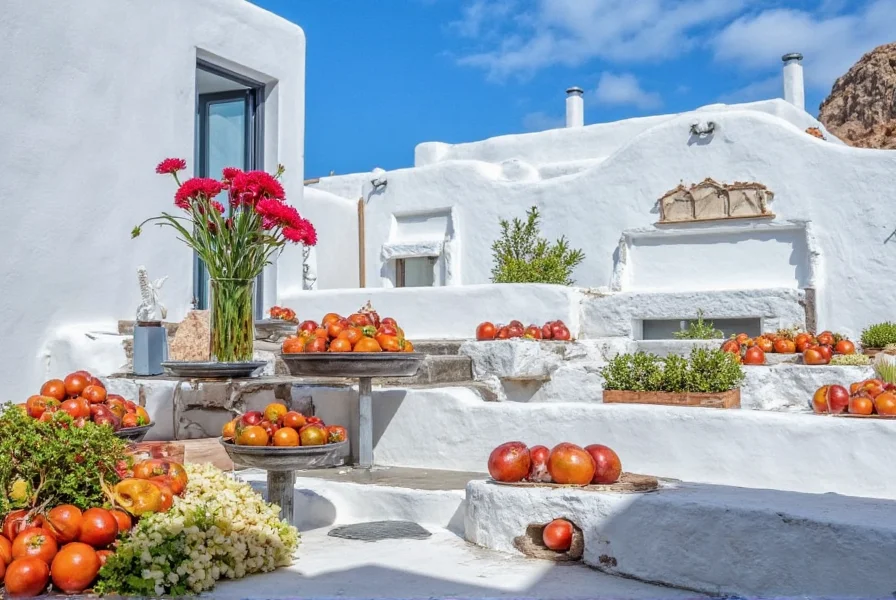

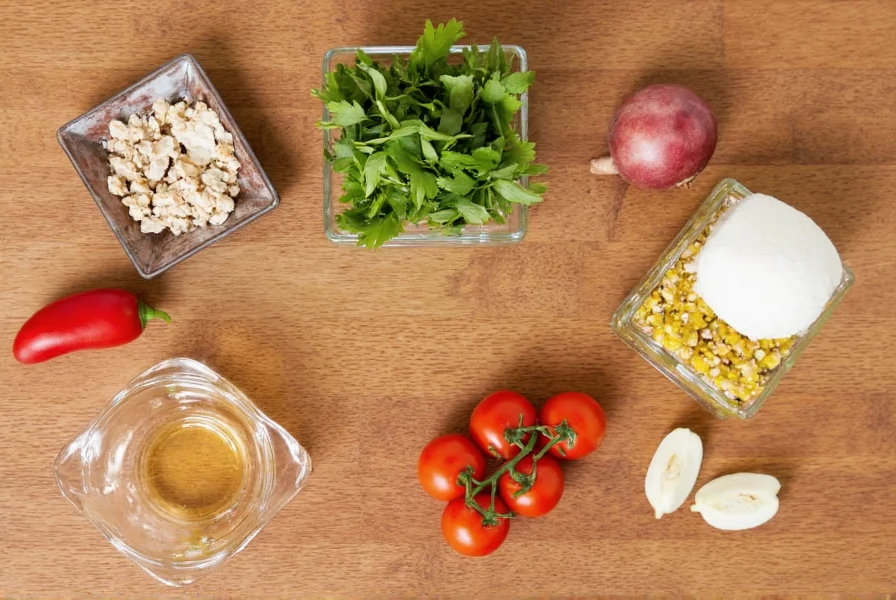

Buying Guide: How to Choose the Best Cretan Spices
When shopping for Cretan spices, it's important to choose high-quality, authentic products that reflect the region's culinary heritage. Here's what to look for:
1. Look for Organic and Local Brands
Opt for organic, locally sourced spices to ensure freshness and authenticity. Many Cretan producers offer online shipping, making it easy to access real Cretan flavors.
2. Check the Packaging
Choose spices that are packaged in airtight containers to preserve their potency. Avoid those that are sold in bulk unless you're certain of the source.
3. Read Labels Carefully
Look for labels that indicate the origin of the spice. Cretan oregano, for example, should be labeled as coming from the island of Crete.
4. Consider the Form
Some spices are best used fresh, while others work well dried. For example, rosemary and thyme can be used fresh or dried, but oregano is typically more potent when dried.
5. Think About Use Cases
Choose spices based on how you plan to use them. If you're baking, opt for lighter herbs like dill or parsley. For hearty dishes, go with stronger options like sage or garlic.
6. Try Sample Packs
Many online retailers offer sample packs of Cretan spices, allowing you to test different flavors before committing to full-sized bottles.
7. Know the Seasonal Variations
Some spices are best harvested at specific times of the year. Oregano, for instance, is usually harvested during the summer months when it's at its peak.
8. Support Ethical Producers
Support local farmers and ethical producers who use sustainable methods. You can often find their products at specialty stores or through direct-to-consumer platforms.
9. Store Properly
Once you've bought your spices, store them in a cool, dark place away from moisture and heat. This helps maintain their potency and shelf life.
10. Experiment and Have Fun
Don't be afraid to experiment with different combinations. The Mediterranean island of Crete is a place of tradition, but it's also one of creativity and exploration.
Conclusion
The Mediterranean island of Crete is more than just a beautiful destination—it's a land of rich culinary traditions and vibrant spices. By exploring the unique flavors of Cretan herbs and spices, you can bring a piece of this island into your kitchen. Whether you're using oregano in a simple salad, rosemary in a roast, or fennel in a seafood dish, each ingredient tells a story of the land and its people. So next time you're looking to spice up your meals, remember the magic of Crete and the timeless appeal of its spices.
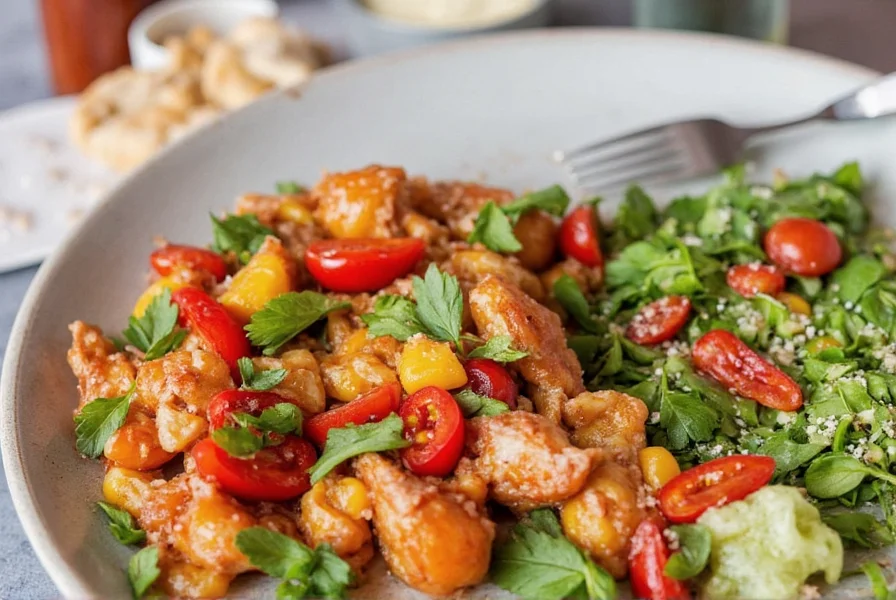
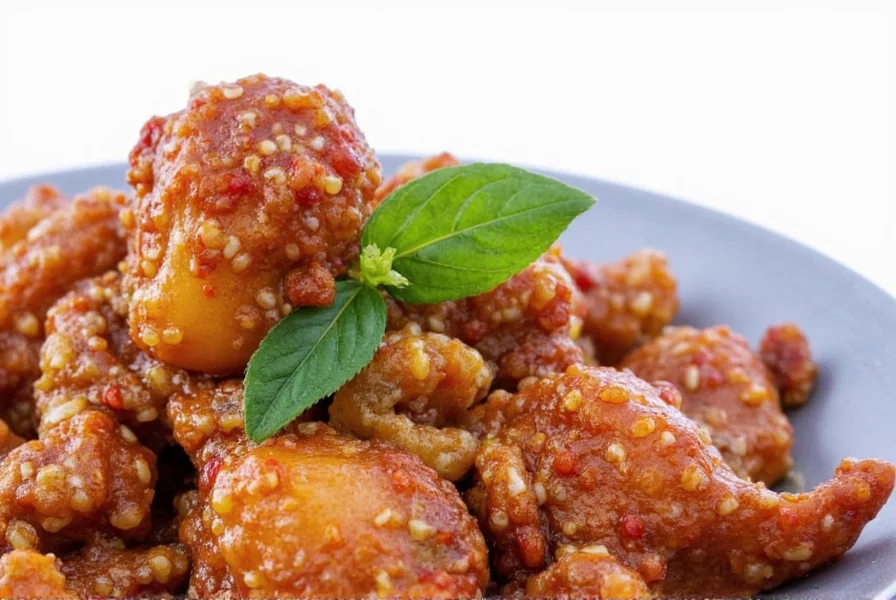
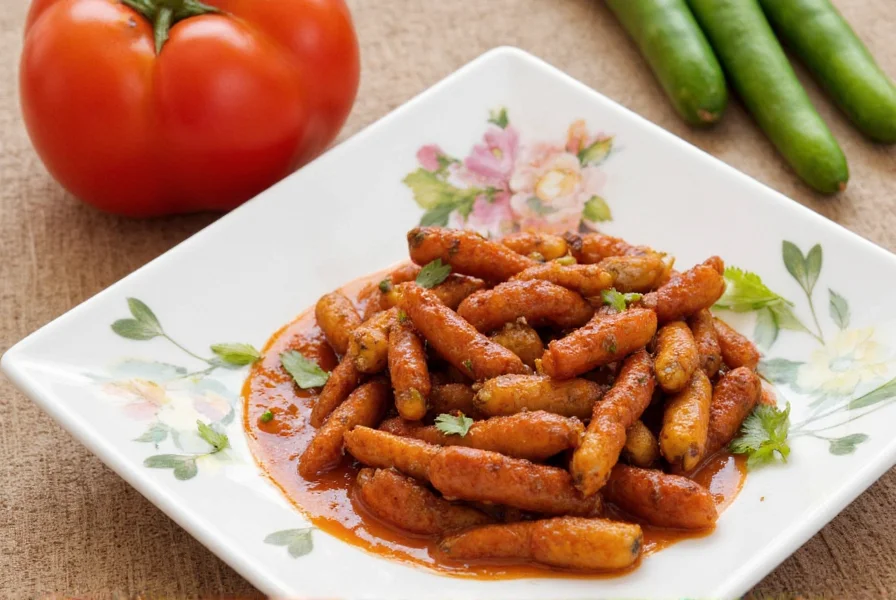










 浙公网安备
33010002000092号
浙公网安备
33010002000092号 浙B2-20120091-4
浙B2-20120091-4